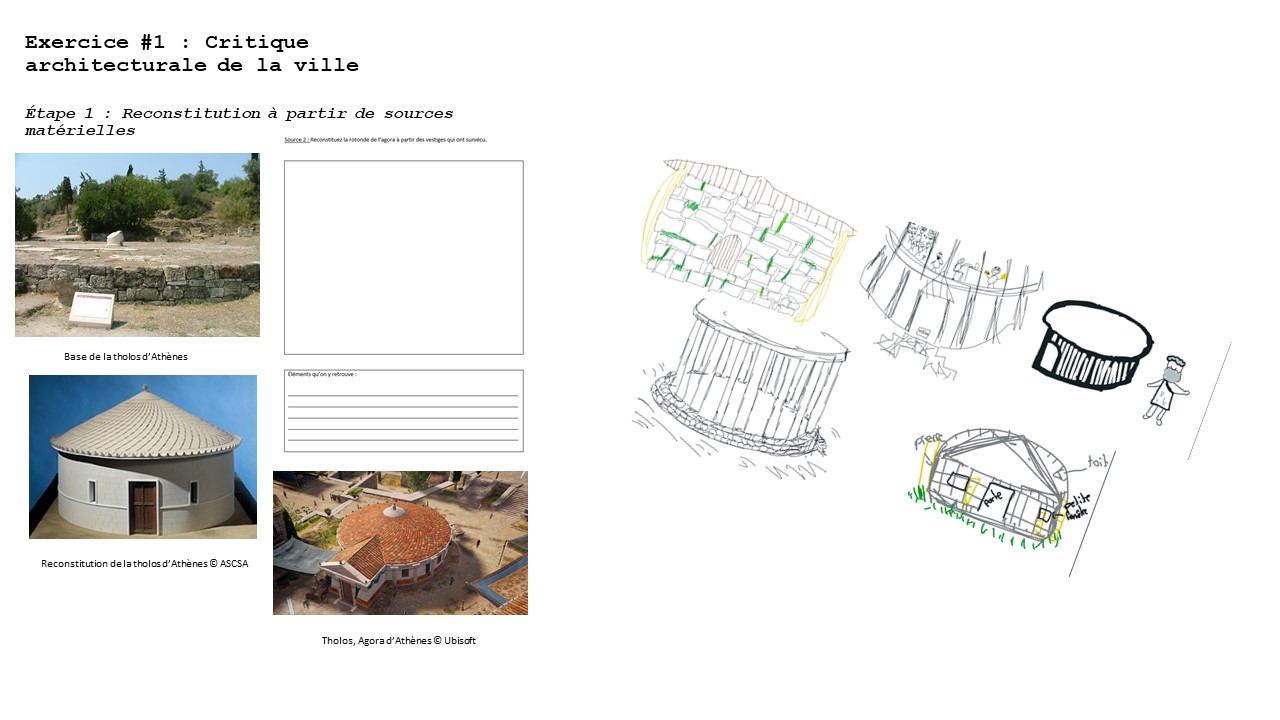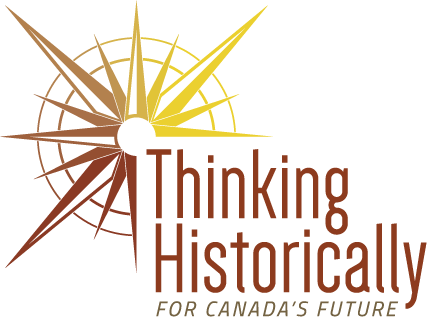Thierry Desjardins,
History Teacher
Thierry Desjardins has been a history teacher at Pensionnat du Saint-Nom-de-Marie, a private school in Montréal, Quebec, for four years. He teaches courses in social studies to students in Secondary 1, 2 and 3.
Nestled in one of Montréal’s upscale neighborhoods, Pensionnat du Saint-Nom-de-Marie is a girls’ school. Most of its students come from affluent backgrounds, including French-Canadian and European families. This relative homogeneity stands in contrast to the city’s usual multicultural diversity. In this privileged socio-economic setting, these students are accustomed to traveling, whether over the Christmas holidays or at other times of the year. They arrive at the high school with a general knowledge and an interest in the international that sets them apart. These cultural experiences enrich their history courses in a unique way, which Thierry points out is a quality seldom observed elsewhere.

Pensionnat du Saint-Nom-de-Marie
Montréal, Québec

Historical Thinking
With a background in ancient history, Thierry Desjardins favours an approach to teaching that encourages students to cultivate critical thinking skills by analyzing conflicting primary sources. By urging them to reflect on the authors of those sources and the intentions behind their messages, he invites them to engage in a nuanced understanding of history through diverse perspectives.
To Thierry Desjardins, developing his students’ historical thinking involves using a variety of sources, thereby engaging them in a process of historical inquiry. Desjardins believes that “history cannot be fully taught without the use of primary sources that sometimes contradict each other.” Sources that challenge students and prompt them to question what they read. In effect, “it’s about showing them that absolute truth doesn’t exist in history, and that there are still things left to be discovered, too,” he stresses, particularly in ancient history, where sources are fragmented. Desjardins engages his students in an engrossing activity on the assassination of Julius Caesar, where he presents them with a range of primary sources such as the writings of Appian and Dio Cassius, together with secondary sources. Students then compare these accounts with a scene from the television series “Rome” depicting the same historical event. The aim is to determine which historical version influenced the televised depiction. This approach, he explains, demonstrates the historical process of synthesizing sources to sort out real events from misinterpretations.
In addition, the use of primary sources evokes authentic feelings and emotions, resulting in deeper immersion in the daily life of the period. For example, they shed light on the status of women in Antiquity: a highly relevant subject in his predominantly female school environment. Faced with this type of document, students are encouraged to deepen their understanding of an historical phenomenon, emphasizes Thierry.

Civic Engagement
To Thierry Desjardins, the teaching of history should first and foremost get students thinking critically about the information they come across, questioning themselves and analyzing their sources and the intentions of those sources, so that they can effectively navigate a world saturated with biased information.
Thierry Desjardins is convinced that teaching history can enhance his students’ civic engagement. He stresses the importance of instilling critical thinking skills in his students so that they can engage in civic life in an informed and thoughtful way.
His main goal is to help them develop a critical approach to the information they receive, whether through advertising or any other media message. He wants students to ask themselves some basic questions about the content and source of the information before forming an opinion. He believes that if his students start to think this way, he will have accomplished his mission. Thierry’s ultimate goal is not so much that his students remember facts or dates, but rather that they develop analytical thinking skills that enable them to assess the relevance and reliability of the information to which they are exposed. He believes this approach will provide them with a solid foundation for navigating a complex world often saturated with misleading information. He sees clear signs of this critical thinking in the classroom, particularly through the comments and questions of his students.
Co-created by Thierry Desjardins and René Salem
